Winter is the best season to grow different varieties of vegetables in your garden, Indian winter is the best season to grow vegetables also known as rabi crops. Having an effective vegetable garden doesn’t have to conclude with the end of summer. With a little thought and planning, you can grow vegetables well in winter, or even year-round if you live in a hot climate. There are different types garden vegetable seeds for winter and this is also even more interesting.
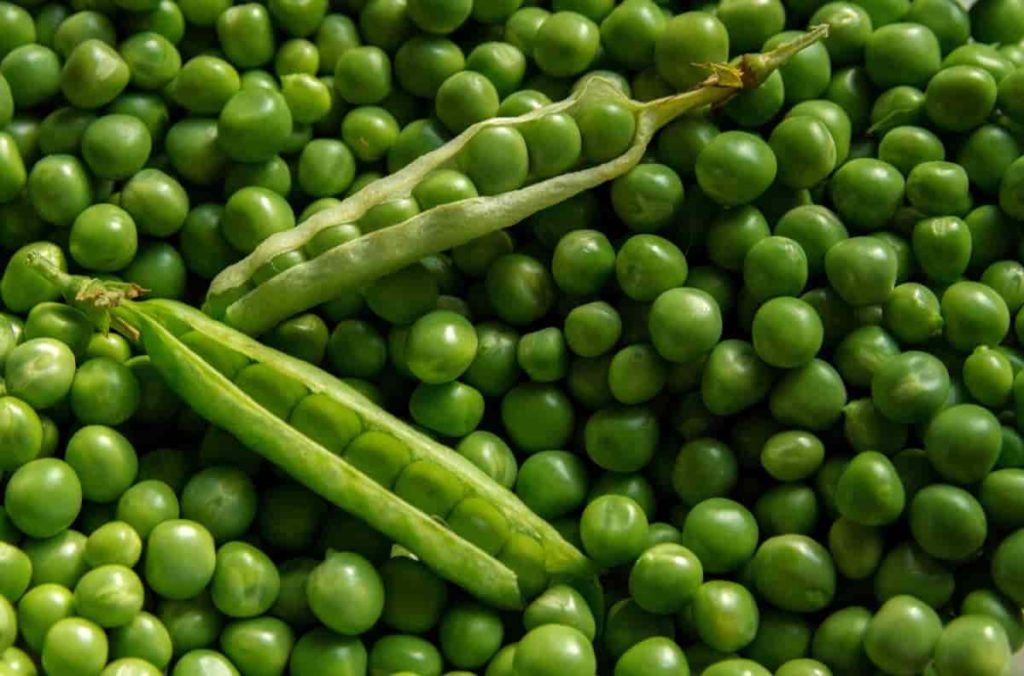
However, vegetable gardening is a beneficial activity. Growing from seed is also less expensive, more diverse, and has a higher success rate. From October to March (winter) the vegetable garden is perfect for what you always wanted. Set aside your concerns about damage or destruction of your crops when growing these crops. Because when the winter season comes, these vegetables will do well.
Starting some vegetable seeds can be difficult. Coriander and Parsnips, take a long time to grow. You can speed up the germination of Coriander by gently pressing the seeds with brick or pestle and mortar. This will open seed pods slightly, making plants more easily escape from them.
Since Parsnips take so long to germinate, weeds can grow and it’s hard to find the emerging Parsnip seedlings. Often gardeners accidentally remove them and misunderstand them for weeds. A good trick is to pop Radish seeds in the planting hole with Parsnip seed. The rapidly growing Radish will mark the place from which the Parsnips will grow and will be longer until Parsnip seedlings emerge.
Benefits of sowing vegetable seeds in winter
During this season, you can set up a lot of edible items including Carrots, Beetroot, Garlic, Onions, Radishes, Potatoes, Lettuce, Turnip, Peas, and other salad greens like spinach and nails. With numerous medical benefits to this season’s vegetables, the shading and utilities they add to your nursery are one or more. This is one of the reasons why planting vegetable seeds is extremely convenient in winter and is a high choice for some groundskeepers.
Since the use of planting vegetable seeds in winter is tremendous and the most expensive way to prepare these vegetables, they should be created with some consideration. Assuming you need to promote the creation, you should deal with external conditions that affect seed development. During winter, dirt has a satisfactory amount for the growth of winter vegetables and a brilliant ability to supplement the proper balance.
Garden vegetable seeds for winter
Cabbage
One of the vegetable seeds in winter is cabbage. Cabbage, a winter vegetable is a beneficial vegetable that people have been burning for quite some time as a result of its great dietary cosmetics.
In case you miss this: 20 Vegetables to Plant in Winter in India
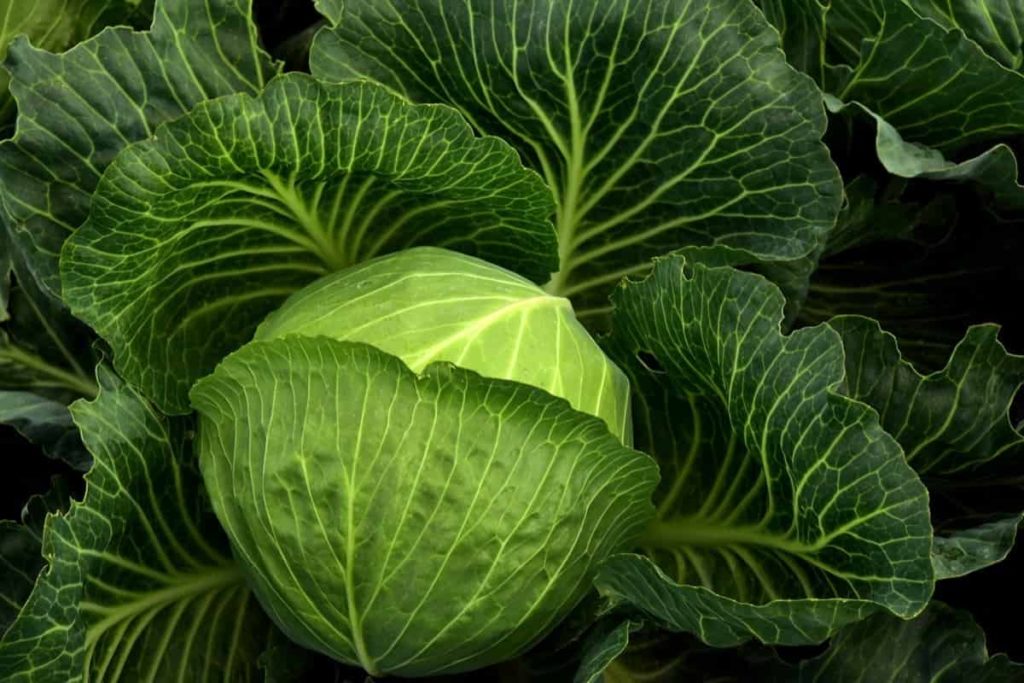
Cauliflower
A common vegetable of the cabbage family is usually produced for cold or mild weather, which is ideal for the crop. Seeds are first planted in a shaded seedbed or seedling tray. Healthy seedlings are kept in enlarged beds after 30 to 35 days of sowing. Plants need cold temperatures and full sunlight to produce large cauliflower heads. Cauliflower curd should be ready for harvesting 85 to 90 days after transplant. If conditions are unfavorable, cauliflower may experience bolting or buttoning. A healthy seed, proper weather, and a cool, moist environment around the vegetable are all essential.
Beetroot
Place the seeds in hot water for an hour before planting to accelerate the germination. It is acceptable that you use a mixture of coco-stomach-based preparation to grow seeds that hold moisture content. Start with the seedling plate/ pot. Spot seeds 1.5 centimeters deep make sure you make space between them as it gets space to grow.
Carrot
Carrots can withstand temperatures as low as -10°C, but the constant cold causes long, yellow roots. It is one of the most grown root vegetables. Carrots are available in a wide range of colors, structures, shapes, and lengths. Seeds are immediately sown in high or ridged beds. In terms of different types, edible roots can be cut 80 to 100 days after sowing of seed. Loosen soil about one and a half times the expected length of the carrot. To avoid the root barrier, gently break the soil.
In case you miss this: Growing Spinach In Greenhouse – In Winter, Indoors From Seed, Polyhouse
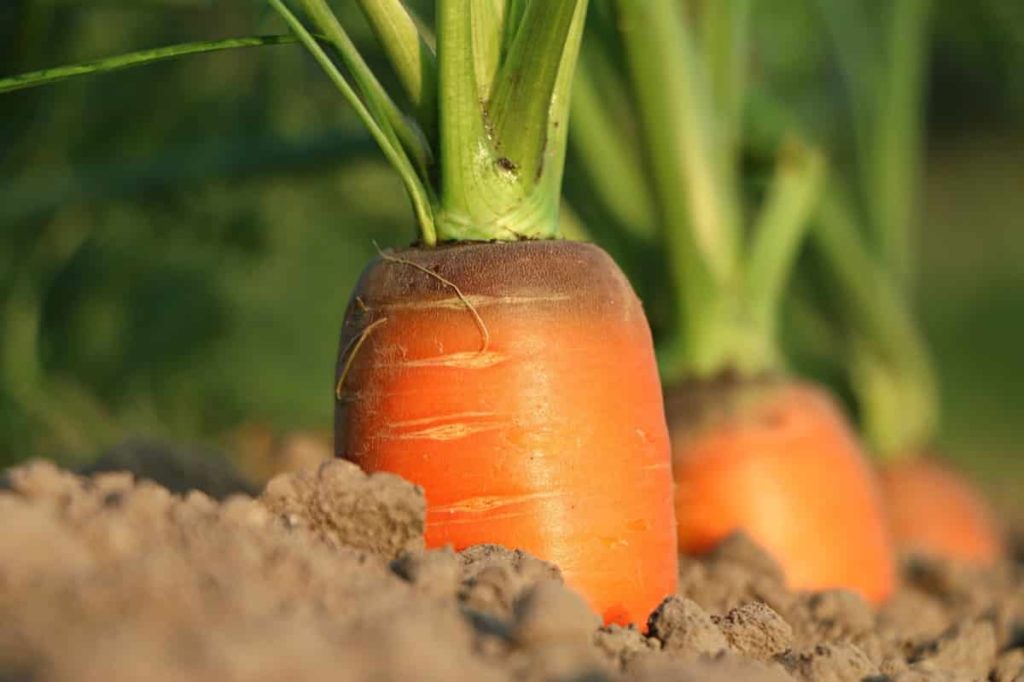
Coriander
Most green vegetable seeds are coriander in the winter season, you can easily add coriander to your daily recipe. Coriander is applied straight into the pot instead of being prepared in seed plates and later transferred to sprouts. You can prepare coriander in full sun and around the soil ending with a pH of 6.2 to 6.8. Plant coriander seeds somewhere in the dirt from half to an inch below. Spread the seeds on a hole of about 6 inches.
Onion
All types of onions in India are winter crops but as plants mature, they need warm and dry conditions and start forming onion bulbs below. Seeds are kept in seeds during cold weather and transplanted into beds carrying a month-old seedling. Plants need full sun and frequent water. By type, onions are ready for harvesting 80 to 100 days after planting.
In case you miss this: Growing Tomatoes In Greenhouse – In Winter, Pots
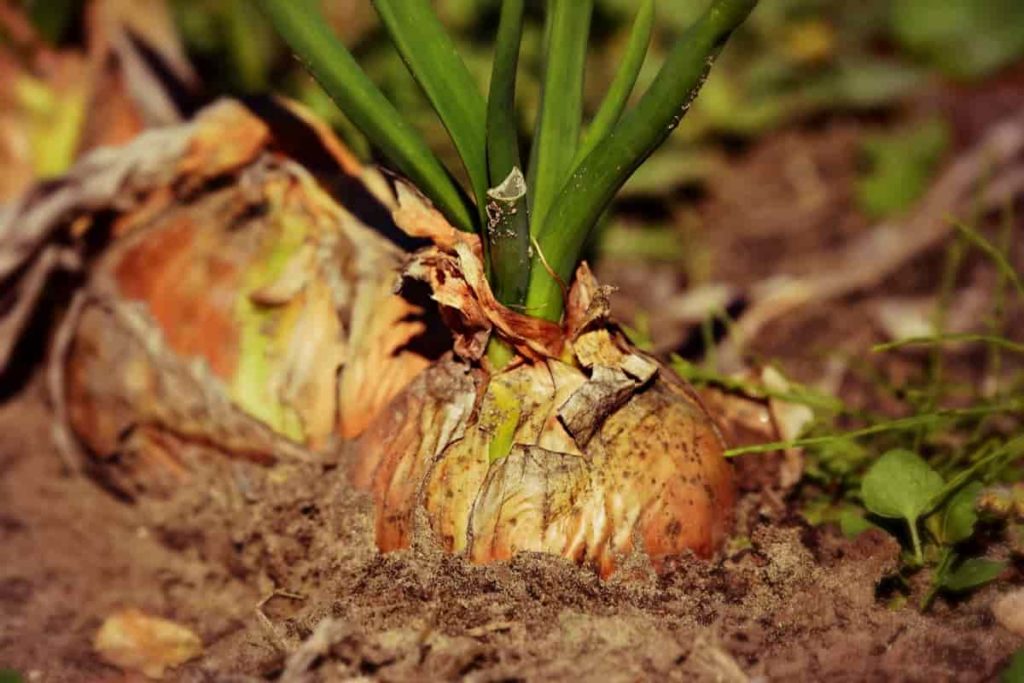
Broccoli
Broccoli plants thrive in cold weather and can withstand -3°C temperatures. It is a Cabbage family edible green plant with a huge flowering head, stem, and small leaves with it which are eaten as vegetables. A proper type of soil is important as nutrients are essential for plant growth. Red soil, vermicompost, and cocopeat must be mixed with a ratio of 40: 40: 20. Add a handful of Neem cake to each pot to keep the insects away. Broccoli harvesting can start 80 to 90 days after transplant.
Green Peas
Peas and Beans are members of the family of the Leguminosae plant. Green Pea plants are sensitive because they dislike hot and humid temperatures and thrive in cold and dry conditions. Seeds are sown directly on raised beds. The Green Pea plant is a climber that requires trellis us help.
In case you miss this: Growing Indoor Plants In Winter – Planting, Care, Tips
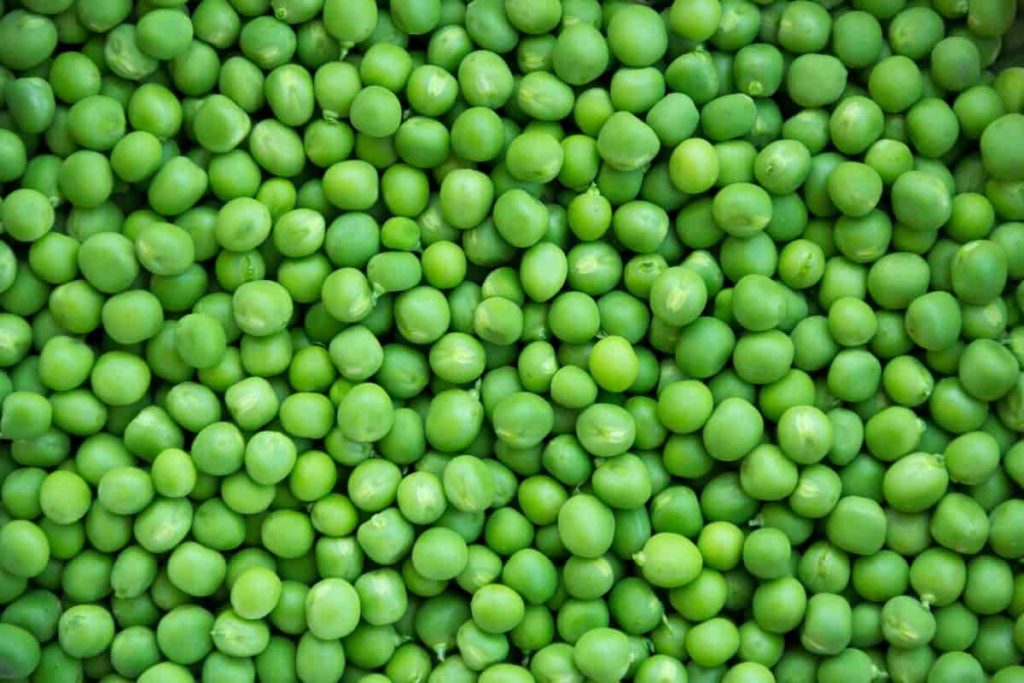
Harvesting pods can start 80 to 90 days after seeding. Phosphorus and Calcium are the peas favorites. 50 grams of seeds are required per 100 square foot area. The following states in India produce the Greenest Peas: Karnataka, Madhya Pradesh, Rajasthan, West Bengal, Punjab, Assam, Haryana, Uttar Pradesh, Uttarakhand, Himachal Pradesh, Bihar, and Orissa.
Capsicum (Bell paper)
Capsicums are usually produced from seeds or seedlings; however, small plants are sometimes available in nurseries. Initially sow seeds in trays or punnets, then transplant when they reach about 10 centimeters in height. Capsicums need warm soil, so wait until the last frost passes before planting in a cool climate. Plants need direct sunlight; however, productivity is quite high when green shade is grown in net house or poly-house. Plants are sensitive and suffer from the disease. Harvesting can begin 70 to 80 days after sowing of seed.
How to sow vegetable seeds in winter
Make sure your container has drainage holes and air vents in the top cover. Initially keep the vents small and widen them as they heat in spring. Use at least 2 to 3-inch potting mix, preferably 3 to 5 inches. This will help in preserving seeds and prevent them from breathing on the surface. Sow more seeds than you’ll need. If grown under ideal conditions, the growth rate will be lower than that. However, not too thick sows or the seedlings will crowd each other as they start growing.
Label your containers. Many self-seeders can be sown to grow in early spring or very soon later in spring. Starting your seeds in a staggered time will give you a long growing season. Some are expected to be lost but be warned that winter sowing is addictive. Once the seeds have two sets of true leaves, it’s time to transplant from containers. Wait for the weather to warm up, and gently separate your seedlings to plant in the garden, if you’ve started them in containers.
In case you miss this: Potting Soil Mix for Flowers – Preparation Method
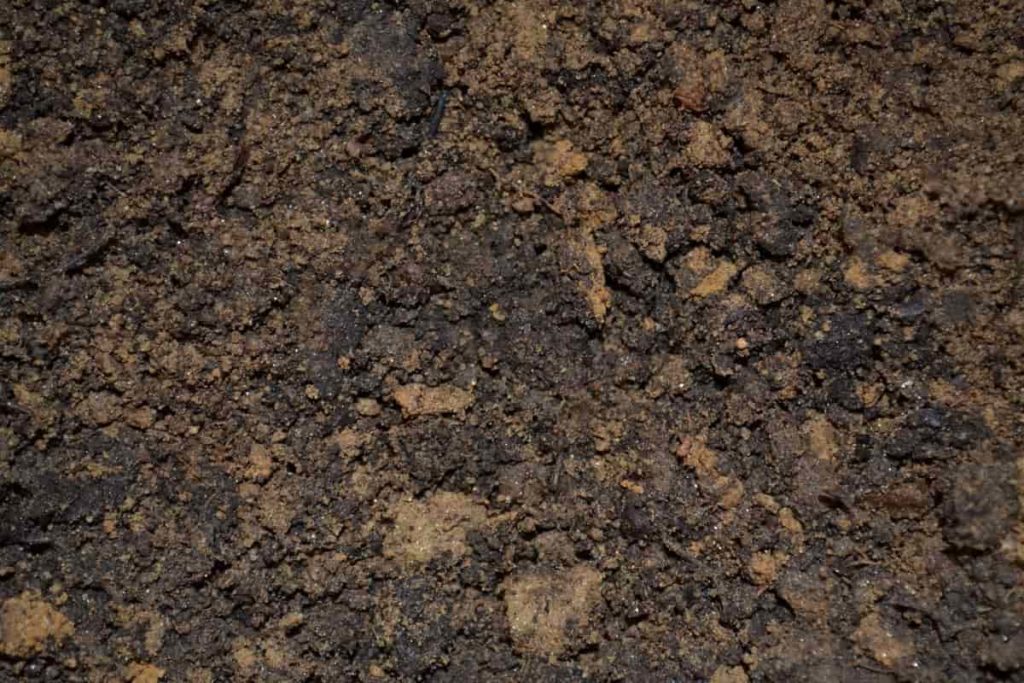
Direct sowing
You can either direct the seed or start the seed in the containers that are later transplanted. Sowing directly won’t start you as much as sowing in containers, as the soil in the ground will not heat up as fast as clay in a plastic container. However, it will save you the time and effort of the transplant. Sowing in containers also helps protect seeds from wildlife.
- How to Grow Hibiscus from Flower
- Plantation Ideas for Home Decoration: A Beginners Guide
- Flower Garden Designs and Layouts for Beginners
- Planting and Spacing Techniques in Papaya: A Beginner’s Guide
- Growing Gold: Essential Techniques for Planting Pineapples
- How to Make Kalanchoe Plant Bushy: Home Remedies and Solutions
- 11 Reasons Why Your Gardenia is Not Blooming: Home Remedies and Solutions
- Eco Elegance: The Guide to Designing a Drought-Tolerant Landscape
- Gardening on a Slope: Strategies for Hillside Landscaping
- Nourish and Flourish: Top Organic Mulches for Thriving House Plants
- Everything You Want to Know about Indian Mogra Flower: Discover Uses and Growing
- Green Thumb Success: Expert Tips for Cultivating Greenhouse Pumpkins All Year Round
- Maximize Growth & Flavor: The Ultimate Guide to Companion Planting in Herb Gardens
- How to Control Rhododendron Problems Naturally: Home Remedies and Organic Ways to Fix Them
- Natural Magic: The Remarkable Benefits of Cinnamon for Plants
- Best Steps to Revive Dying Tulip with Natural and Organic Treatment
- 10 Reasons Why Your Angel Trumpet is Not Blooming: Remedies and Treatment
- How to Fix Periwinkle Leaf and Flower-Related Problems: Natural Remedies and Solutions
- How to Fix Zinnias Leaf and Flower Problems: Discover Natural and Home Remedies
- Organic Steps to Induce Lemon Tree Flowers: A Comprehensive Guide
- Bloom Booster: Crafting the Perfect Homemade Bougainvillea Fertilizer
- Optimizing Growth: A Guide to Applying NPK Fertilizer for Potted Plants
- 10 Best Homemade Fertilizers for Rubber Plant: DIY Recipes and Application Method
- How to Boost Female Pumpkin Flowers: Effective Steps for More Flowers and High Yields
- Transform Your Indoor Garden: Top Benefits of Pink Salt for Houseplants
- 10 Best Homemade Fertilizers for Peacock Plants (Calathea): Easy DIY Guide
- Unlock Blooms: 9 Reasons Why Your Potted Chrysanthemum is Not Blooming
- 8 Reasons Why Your Potted Hibiscus is Not Blooming: Fix it with Simple Solutions
- Unlock Blooms: 9 Key Reasons Your Potted Frangipani Won’t Flower
- 10 Reasons Why Is My Ice Plant Not Blooming: Remedies and Treatment
- 10 Reasons Why My Potted Hydrangea Not Blooming: Treatment and Remedies
- 10 Reasons Why is My Wisteria Not Blooming: Remedies and Treatment
- 10 Reasons Why is My Goldfish Plant Not Blooming: Remedies and Treatment
- Maximize Your Space: Ultimate Guide to Balcony Gardening with Grow Bags
- 10 Reasons Why Your Iris is Not Blooming: Remedies and Treatment
- 10 Reasons Why Your Anthurium Plant is Not Blooming: Treatment and Remedies